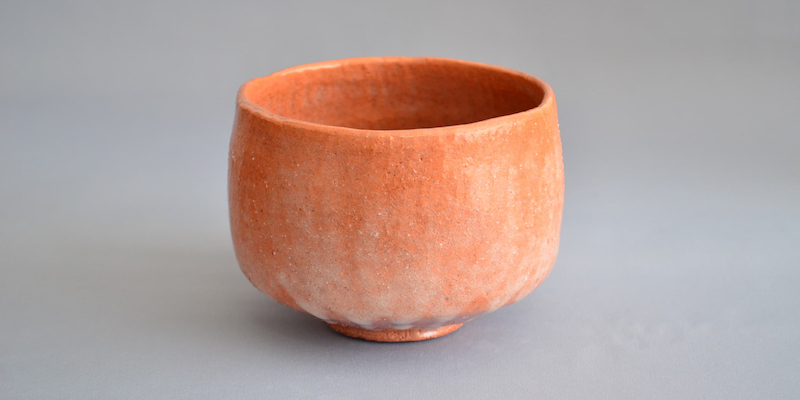
Kakuryu XIV said, "The tradition of the Raku family, which is passed down from one generation to the next, is to not teach.
"He said, "The tradition of the Raku family, which is passed down from generation to generation, is not to teach it. Even though the words "red" and "black" are used, there are different glaze tones and shavings for each generation.
Shades of red
Handmade feel
Excellent heat retention
Beautiful shape
Durability
These characteristics make for an enjoyable tea experience. It can also be used in combination with lacquerware and charcoal ware for a variety of occasions.
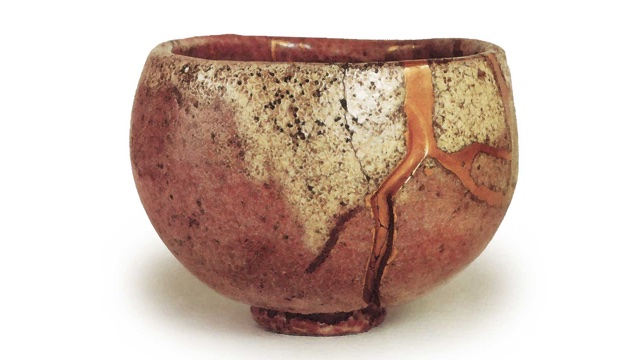
National Treasure/Important Cultural Property (Art)
The Akaraku tea bowl “Yukiho” has the kiln damage of a failed kiln repaired with gold lacquer. It is a monumental work of art.
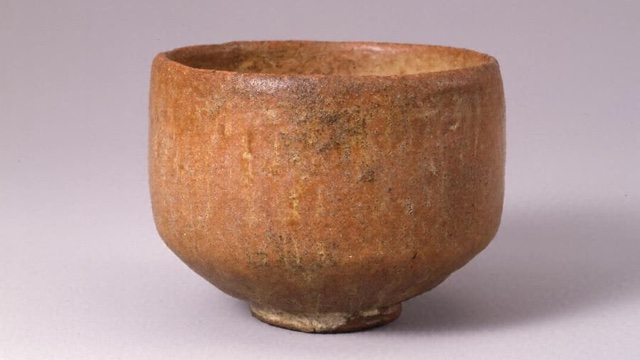
National Treasure/Important Cultural Property (Art)
It is a so-called raku tea bowl with a low-fired red raku glaze. The style is almost the same as the black raku tea bowl "Daikoku", which has already been designated as an important cultural property. It is recognized as a product of the late Tensho era due to its base material and glaze, and is a representative example of Chojiro Akaraku tea bowls, and is an important example of the Momoyama period in the history of tea ceremony and ceramics. It is a famous bowl that has been famous since ancient times as a restoration specialty owned by Lord Matsudaira Fumai.
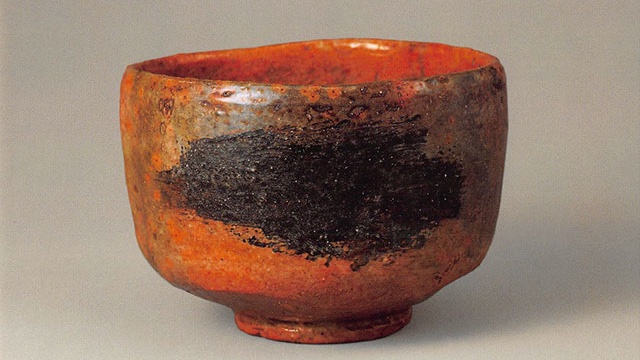
National Treasure/Important Cultural Property (Art)
This tea bowl with the inscription of Nue is one of the seven types of Nonko, and is the most highly rated among the red tea bowls of Doiyu. By applying ocher to the base of white clay and applying a sand glaze, it presents a bright red color. A part of the torso with black spots painted with a brush creates a unique landscape, and the inscription ``Nue'' is likened to the mysterious cloud of the nue known for exterminating the nue in "The Tale of the Heike". . It is no exaggeration to say that Donyuu established the technique of successive generations of Raku, such as the skillful use of kilns and the variety of glaze techniques. He was highly praised for breaking away from the heavy taste of old music and displaying a bright and light individuality in line with the new era.
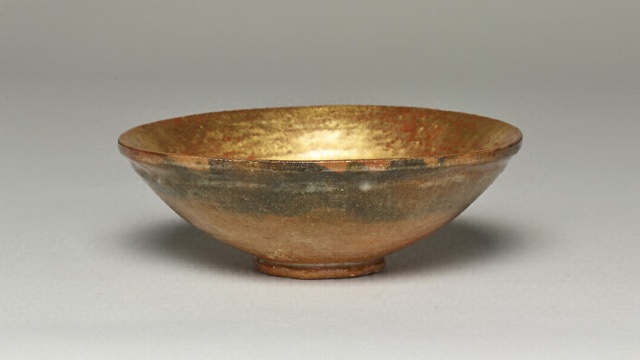
Shimadai tea bowls refer to tea bowls stacked in pairs, one large and one small. It has been favored as a thick tea bowl for the New Year. When Kyukousai served the Kishu family for the first time in 1827, it was donated by Tanyuu (1795-1854), the 10th head of the Raku family, and served to Marquis Harutomi. It is said that After the dark tea, you will be seated at a new seat. It is made to imitate lacquerware, and you can enjoy duck zoni, which has been used for auspicious occasions during the New Year, and warm steamed sushi in cold weather.